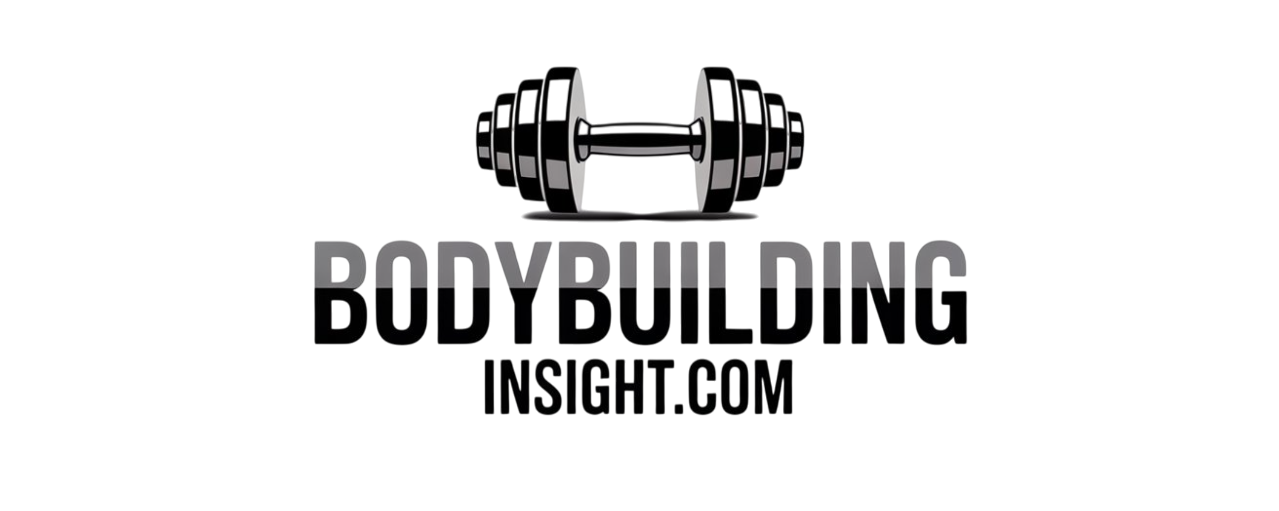Maximizing Your Strength: The Ultimate Guide to Prehab Mobility for Lifters
Understanding the Search Intent Behind “Prehab Mobility for Lifters”
When lifters search for “prehab mobility,” they’re looking for strategies to prevent injuries, maintain joint health, and enhance performance longevity. This isn’t about flashy, one-off drills—it’s about proactive preparation to keep training productive for years to come. Serious athletes know that every heavy lift depends on solid movement patterns, optimal range of motion, and muscular control. They want evidence-backed techniques that integrate smoothly into training, help correct muscle imbalances, and reinforce proper biomechanics before problems arise.

Mobility Prehab: The Secret Weapon for Lifters
Prehabilitation—or “prehab”—is about preparing the body for stress before it happens. For lifters, it means targeted mobility training to safeguard shoulders, hips, knees, and the spine. Done consistently, it can be the difference between a career of steady progress and one plagued by recurring setbacks. Research summarized in Proactive Physical Therapy’s prehab overview shows that improving mobility and joint stability before high loads dramatically reduces downtime from injuries. Think of prehab mobility as your armor—lightweight, functional, and always ready.

The Science of Prehab Mobility: How It Works
Prehab mobility blends flexibility training, strength work, and neuromuscular control to create resilient movement systems. It enhances the length and quality of muscles while fortifying them to handle extended ranges. According to pliability.com’s insights on weighted mobility, adding resistance to stretches transforms passive flexibility into functional, load-bearing mobility—critical for lifts such as deep squats or snatches. This combination improves movement quality, reduces compensatory patterns, and keeps the kinetic chain operating efficiently under heavy stress.

Assessing Your Mobility Needs as a Lifter
To identify the right prehab mobility work, start with a functional movement screening. Assess:
- Shoulder Mobility – Required for overhead pressing and snatching.
- Hip Mobility – Essential for deep squats and pulling from the floor.
- Ankle Mobility – Impacts squat depth and knee tracking.
- Thoracic Spine Extension – Allows optimal posture in deadlifts and overhead lifts.
Look for limitations in dynamic stretching patterns and note any asymmetries or discomfort. Detailed movement assessment ensures prehab addresses personal weaknesses instead of generic mobility work.
Designing an Effective Prehab Mobility Program
A balanced program should incorporate the following components, as highlighted in clinical prehabilitation reviews:
- Joint-Specific Mobility Drills – Target shoulders, hips, ankles, and spine.
- Activation Exercises – Engage stabilizing muscles before training.
- Dynamic Warm-Ups – Raise core temperature and prime movement patterns.
- Corrective Exercises – Address postural deficits and imbalances.
- Weighted Mobility – Strengthen flexibility through load.
Each session should be concise—10 to 15 minutes—and done before main training to ensure muscles are primed and movement quality is optimized.
Top Prehab Mobility Exercises for Lifters
- Hip Mobility for Squatting – Weighted cossack squats, banded hip distractions.
- Shoulder Prehab for Overhead Pressing – PVC pass-throughs, kettlebell arm bars.
- Ankle Mobility for Olympic Lifting – Dorsiflexion stretches, loaded ankle rockers.
- Thoracic Spine Mobility for Deadlifting – Quadruped T-spine rotations, foam roller extensions.
These drills, detailed in resources like Simplifaster’s mobility for Olympic weightlifting, address the most common restriction points in heavy lifting while reinforcing safe, powerful movement patterns.
Programming and Progression Strategies
Think of prehab mobility as a constant in your training—not a temporary fix. Start with basic bodyweight drills, progress to loaded mobility, and integrate them into warm-ups regularly. Increase intensity or complexity as movement improves, but never sacrifice form for range. For example:
- Weeks 1-4: Bodyweight mobility, light bands.
- Weeks 5-8: Introduce moderate loads, longer holds.
- Week 9 onward: Integrate advanced, sport-specific mobility work.
The key: small improvements, practiced often, beat sporadic all-out sessions.
Frequently Asked Questions (FAQ)
What is prehab mobility for lifters?
It’s a proactive approach that uses mobility training and strength work to prevent injuries and improve lifting performance.
How long should a prehab mobility routine take?
Generally 10-15 minutes before workouts, tailored to your needs.
Which mobility exercises prevent lifting injuries?
Hip openers, shoulder stabilizers, ankle dorsiflexion drills, and thoracic spine extensions are highly effective.
When should lifters do prehab mobility work?
Prior to training as part of a dynamic warm-up, or on rest days for active recovery.
What’s the difference between prehab and rehab for lifters?
Prehab prevents injuries before they occur; rehab restores function after injury.
How does mobility training improve lifting performance?
By increasing range of motion, improving movement patterns, and allowing lifts with proper biomechanics.
What are the most important mobility areas for weightlifters?
Shoulders, hips, ankles, and thoracic spine.
Can prehab mobility replace traditional warm-ups?
No—it should complement them by targeting specific joint and movement needs.
Mobilize to Maximize: Concluding Thoughts
Prehab mobility is not optional for those who seek long-term strength. It’s the disciplined, evidence-backed insurance policy for your body, keeping your lifts clean, powerful, and safe. Integrated into your training, it ensures that each session strengthens the body rather than wearing it down. Remember—strength through science, results through discipline. Your mobility is your foundation. Build it, protect it, and lift beyond limits.







